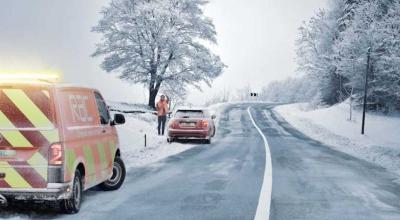Volkswagen's W12 Was McLaren F1's Answer In The 1990s

by AutoExpert | 17 August, 2021
The story of the Volkswagen supercar is fascinating. It began with Ferdinand Piech, the then-CEO of the Volkswagen Group, wanting to develop a supercar that could do two things. The goal was twofold: first, and probably most crucially at the time, to demonstrate to the world that VW could design a functional and capable supercar, and second, to use that expertise and development to create an engine that would later be used in other VW cars.
Remember that the firm has Bentley, Lamborghini, Seat, and Skoda under its belt. It also aided in the revival of the Bugatti brand.

Italdesign was hired to handle the frame and style, with the mid-engined arrangement and usage of a large power unit made up of two engines fused together. The 4WD Synchro system from the VW components package has to be included as well.
At the 1997 Tokyo Motor Show, the first concept W12 was shown. It had a 5.6-liter W12 engine with 414 horsepower in its initial and weakest form. Two 2.8-liter VR6 motors were fused together to make the powerplant.
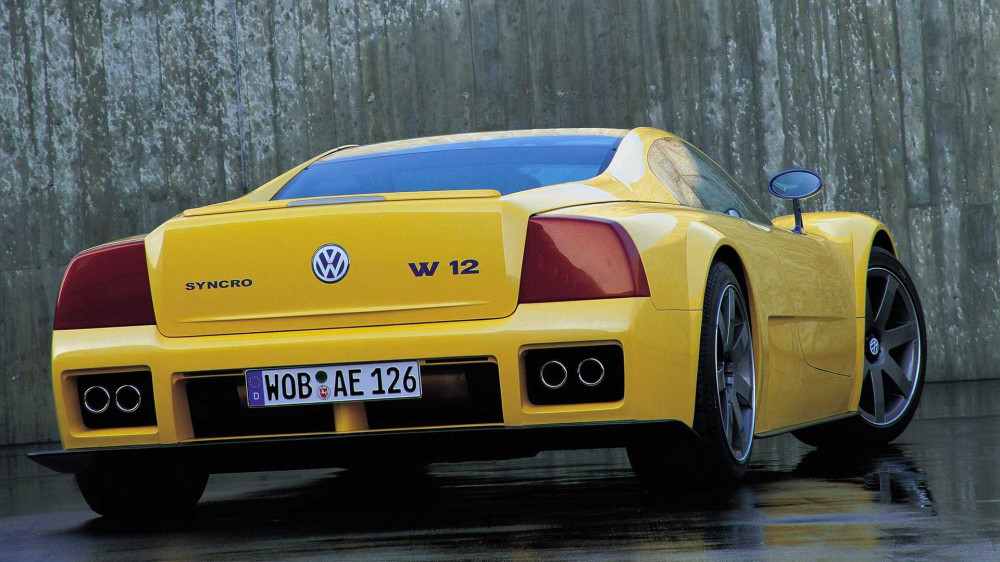
The cylinder blocks – where the pistons are – are in a ‘V' shape with VR6 motors (or VR8 engines for that matter), but the angle is decreased to the point where they share an engine head (where the valves are) and the engine block is considerably more compact. This is done to conserve space and money; for example, a 2.8-liter V6 engine can fit under the hood of a Volkswagen Golf or Rabbit.

As a result, it makes sense to employ this technique if you want to build a very large and powerful powertrain without using turbos, especially if you want to fit it into vehicles with limited engine bays. This engine would make its debut in VW cars and mid-size SUVs, as well as Bugatti's groundbreaking hypercar. The four-cylinder banks would have been tiny enough to resemble a larger-capacity V12, such as the Lister Storm's 7-liter V12.
The second generation of the W12 concept made its debut at the 1998 Geneva Motor Show, with a revised nameplate that read "Roadster." This automobile was remarkable for bringing two things to the table — a lack of things, to be precise.
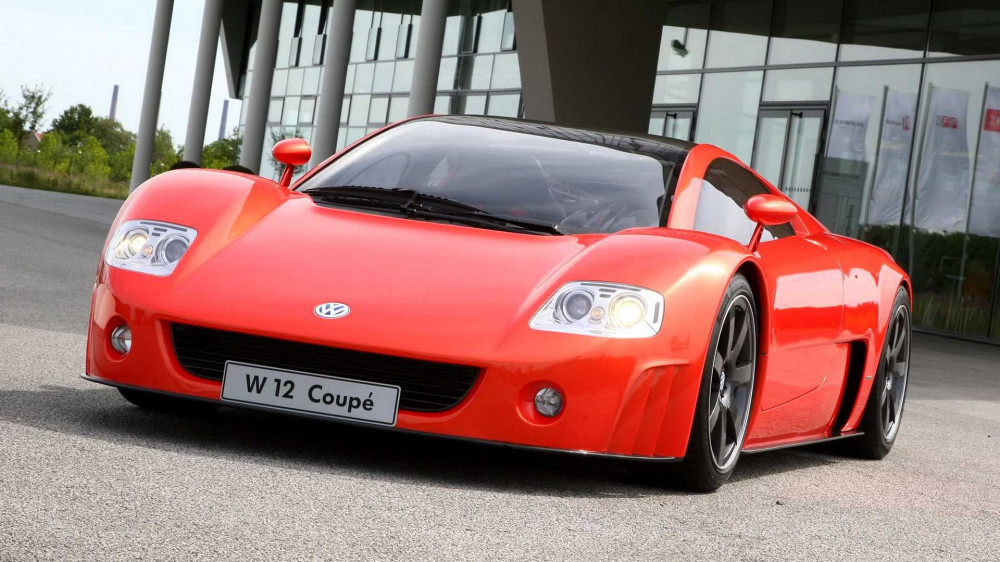
It was meant to show off its possibilities as a car for actual people with a lot of money to spend and prove it wasn't merely a competition-focused hypercar, since it lacked driveshafts to the front wheels and a roof. The W12 Nardo made its debut in 2001, with the name becoming the final one it would get, and it must have caused quite a sensation at the Tokyo Motor Show that year, with a bore expansion of the engine to 6-liters and over 180-hp added.
Drive was still only witnessing two wheels, but there was no danger of being sunburned now that the roof had returned. A 6-speed manual transmission is a first for the concept series. It could hit 60 mph in 3.5 secs if it used a couple of those gears.
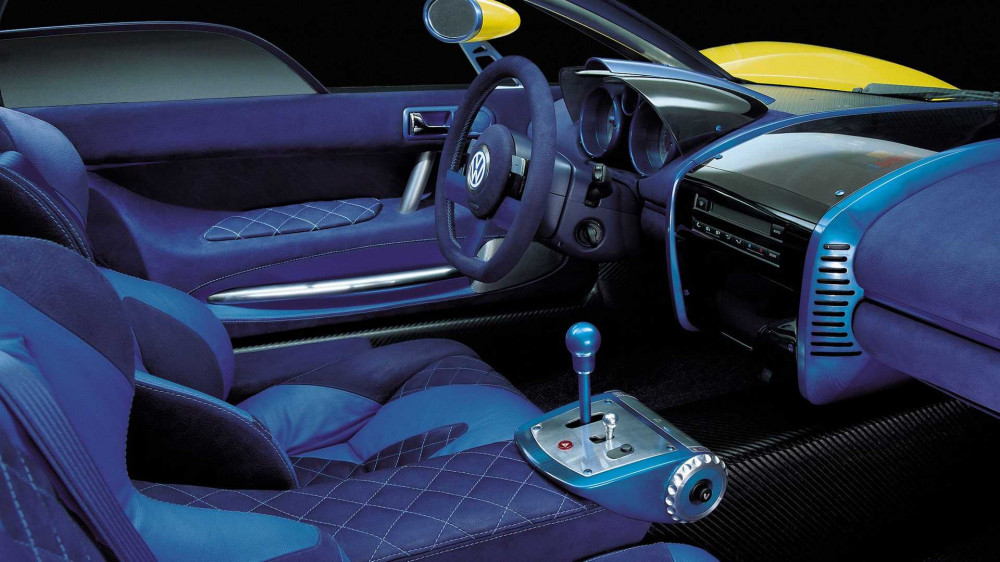
This was the variant that broke the 24-hour speed record on the Nardo track, cementing its position in history as a sought Top Trumps card and the vehicle that beat the 200 mph Bugatti EB110 and McLaren F1 to the 200 mph mark. Surprisingly, the Nardo weighed about 2645 lbs, a little more than the McLaren F1 but over 900 lbs less than the EB110.
The W12 Nardo was undoubtedly the motivation for the Bugatti Veyron, as well as a head start on a compressed multiple cylinder engine that went on to be constructed into mass-produced cars like the Volkswagen Touareg.
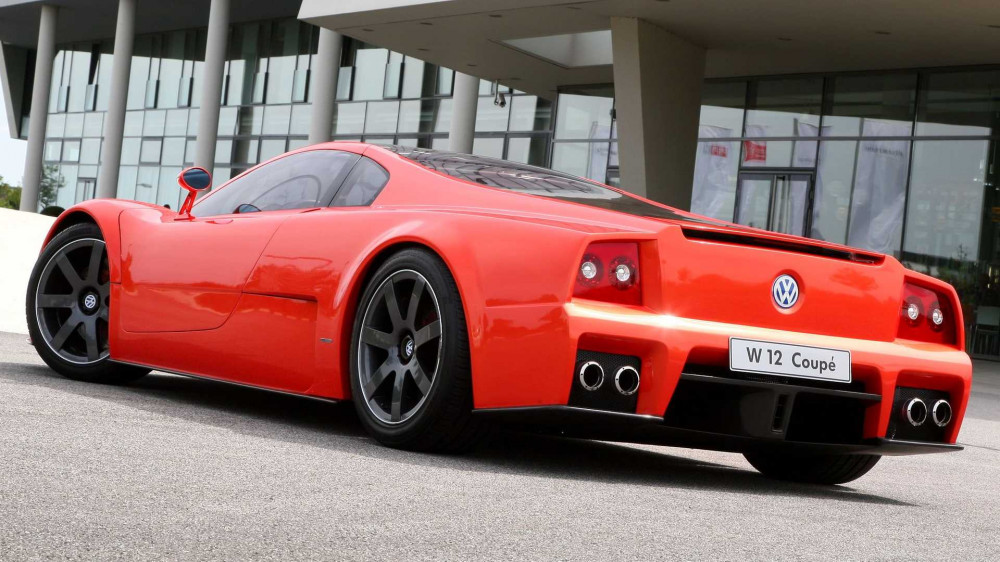
Bugatti Veyron, which is owned by the same corporation as Volkswagen, took the W12's foundations and turned it into a W16 by adding four turbochargers and four-wheel drive. That powerplant was constructed out of two VR8 motors that were somehow crammed into the engine compartment. With a record-breaking peak speed, innovative technology, and more attention than you can shake a big stick at, the Veyron vehicle went on to win great things similarly.

Unfortunately, because we're currently focusing on electrification and hybrid technology, there won't be any larger, more difficult incarnations of the W-form motor like we've seen so far, which is all the more reason to rejoice in their existence, regardless of whether we'll be able to take one for a spin down the highway.










